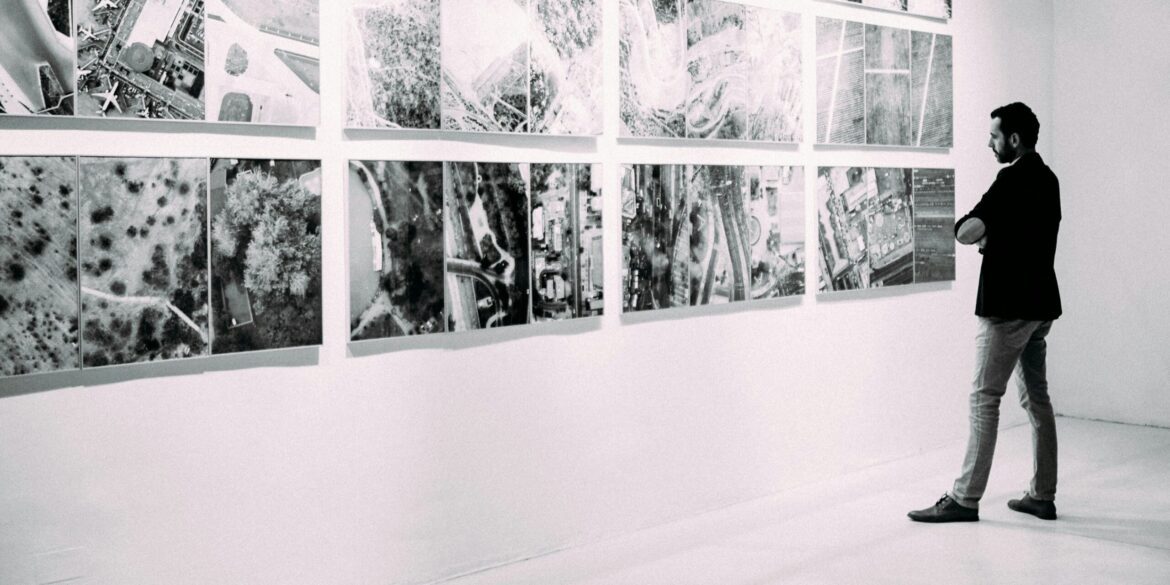In a landmark moment at San Diego Comic‑Con, George Lucas made his first-ever appearance at the convention—not to promote a film, but to spotlight his upcoming Lucas Museum of Narrative Art. The Hall H panel, moderated by Queen Latifah and featuring filmmaker Guillermo del Toro and designer Doug Chiang, presented an immersive preview of the museum’s vision and cultural mission.
Lucas opened the session by describing the museum as a “temple to the people’s art,” rooted in his lifelong love for visual storytelling. Built around a personal archive that stretches back to the 1960s and covering more than 40,000 works, the museum aims to elevate forms often overlooked by traditional art institutions: comics, illustrations, concept art, film memorabilia, and more.
Del Toro emphasized the museum’s significance as a preservation hub, highlighting how comics have historically served social commentary—often confronting challenges such as anti-Nazi narratives in early strips—and critiquing the lack of soul in AI-generated visuals. He, like Lucas, rejected discussion of any future Star Wars involvement, keeping the focus firmly on the museum’s broader narrative mission.
Chiang spoke passionately about restoring dignity to artists historically marginalized in mainstream art spaces—illustrators whose creations shaped generations without receiving formal recognition.
Queen Latifah guided the conversation with grace, underscoring her passion for fantasy and pop culture as she helped frame the museum’s role in democratizing storytelling art.
Located in Exposition Park, Los Angeles, the Lucas Museum spans approximately 11 acres around the iconic LA Coliseum. The five-story, 300,000-square-foot structure—designed by Ma Yansong of MAD Architects and executed by Stantec—features flowing, organic forms that appear to hover above the landscape, blending architecture with accessible public space.
Once completed, the museum will include galleries, two theaters, a research library, dining and retail spaces, and public green areas, thanks to a design by Studio-MLA that emphasizes community gathering and easy accessibility.
Despite earlier projections for a 2025 opening, the launch has been pushed to 2026 after multiple delays. Initially planned for 2021 and later revised to 2023 and then 2025, final setbacks and construction complexity have moved the public debut into 2026. Reuters and AP News confirmed the updated timeline during the Comic‑Con event.
Lucas and his co-founder Mellody Hobson conceived the museum as more than a private endeavor—it’s a civic institution meant to invite broad public engagement. By curating works from key narrative artists such as Norman Rockwell, Kara Walker, Kadir Nelson, Frida Kahlo, Jack Kirby, and Charles M. Schulz, the museum seeks to bridge gaps between fine art, popular art, and storytelling artifacts.
Featuring a collection that also includes original Star Wars models, props, costumes, and concept art, the museum offers both fans and scholars unique access to cinematic heritage alongside visual art traditions.
Del Toro, one of the museum’s board members, framed the museum’s mission in broader cultural terms, stating, “Imagine if only classical music existed and rock ’n’ roll never happened… this is rock ’n’ roll—and rock ’n’ roll needs to be enshrined.” His metaphor underscores the museum’s aspiration to validate cultural forms historically marginalized.
Over 6,000 attendees packed into Hall H, many giving the panel a standing ovation. The crowd’s energy reflected excitement not only for Lucas’s presence but for a new type of institution that blends pop‑culture legacy with academic scholarship.
David Glanzer of Comic‑Con described Lucas’s appearance as a “full‑circle moment,” recalling how Star Wars once made one of its earliest public appearances at SDCC nearly fifty years ago. This moment, now centered on narrative art beyond film, symbolized a maturation of both Comic‑Con and cultural storytelling itself.
Looking ahead to the museum’s planned 2026 debut, attention now shifts to updates on programming, exhibitions, and public accessibility. As the building approaches completion, future announcements are likely to include exhibition timelines, educational programming, and community partnerships.
For fans and culture enthusiasts, Lucas’s Comic‑Con appearance may mark a turning point—not merely in celebrating his past legacy, but in establishing a new cultural landmark in Los Angeles.

